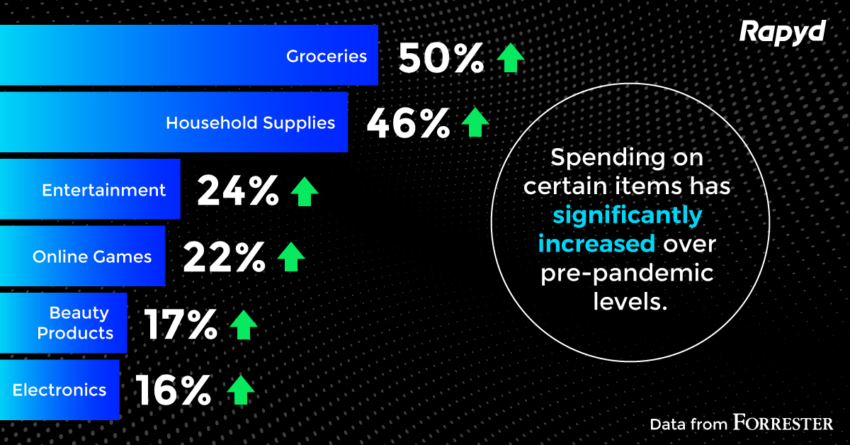This is the third in a series on the impact of COVID-19 on the digital economy. For more, please read Defying the COVID Economy: These Industries Thrive During the Economic Downturn
There’s no denying that the COVID-19 pandemic has done immense damage to the retail industry. One study shows that global retail sales are expected to be down by nearly $550 billion as a result of millions of people forced indoors for months. Retail locations have been forced to close, and record unemployment has made even those who are still employed far more cautious with their spending.
However, U.S. ecommerce giants like Netflix, Amazon, and global online retailers like PinDuoDuo are seeing increases. In fact, Netflix alone has seen its shares increase by more than 30% since the beginning of the year. Though Alibaba has struggled some, traffic on the company’s AliExpress platform has increased by 20% in Italy and 14% in Spain, two of the hardest-hit countries in Europe.
While the digital pivot has been happening for some time — online spending outpaced offline spending for the first time in April of 2019 — thanks to the millions of people forced to use online retail services for all or most of their shopping, COVID-19 has sealed its ascent.
Brick-and-Mortar Becomes Bits-and-Mortar
Table of Contents
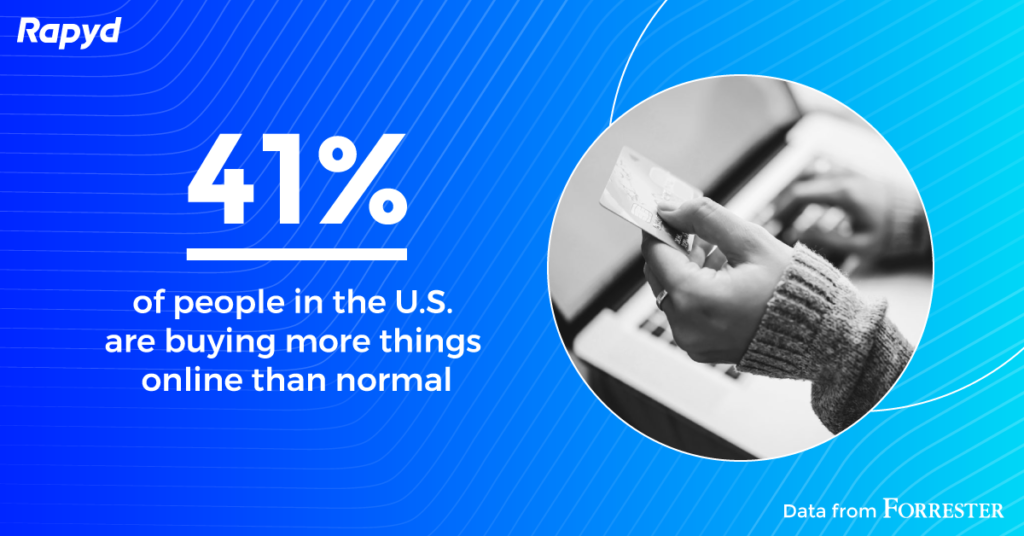
When the dust settles on the COVID-19 pandemic, the biggest takeaway for retailers will be that a lack of omnichannel sales strategies left them terribly vulnerable. Yes, overall spending may be significantly down over the course of the last few months, but it hasn’t ceased entirely. In fact, spending in certain areas has increased.
For instance, grocery purchases in the U.S. are up by 50% post-pandemic, according to a survey conducted by Forrester1. Household supplies have jumped 46%, entertainment 24%, online games, 22%, and electronics 16%. People are spending, just not in the ways they used to. U.S. households are purchasing 41% more products online than they were pre-crisis, and 36% say they are purchasing the same amount1. Canada and major western European countries like Italy and France show similar numbers.
Brick and mortar businesses need to implement the processes and technologies required for robust online sales capabilities, and they need to do it now. By investing in the technologies they need to stay alive in the short term, they will be able to secure their future in the long term. They do this by servicing customers in multiple ways including online sales. If they embrace this new reality and adapt quickly, not only will they survive, they will position themselves to thrive.
eCommerce Will Be an Essential Part of the Retail Equation Everywhere
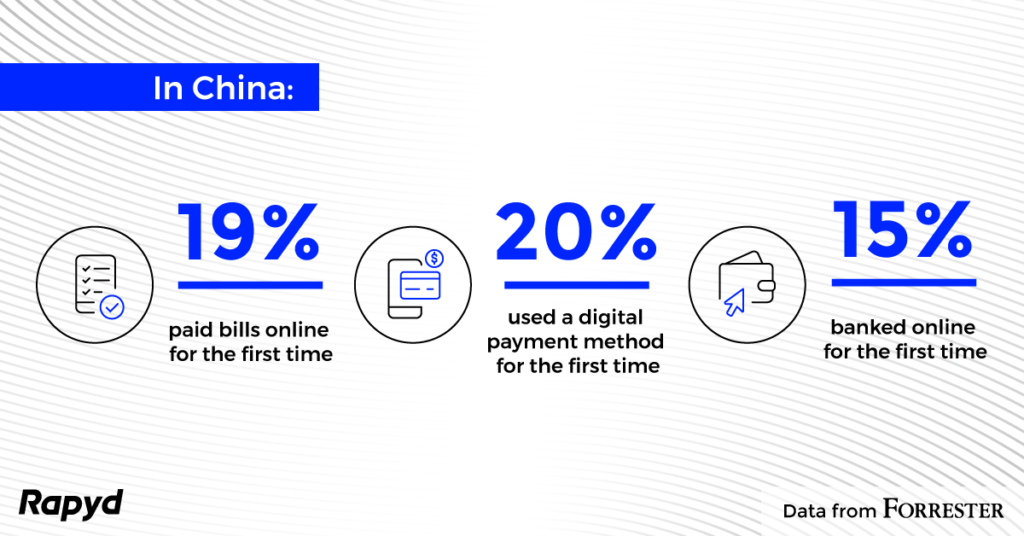
In many places, ecommerce is already a massive part of the purchasing equation. COVID-19 has done a great deal to cement that positioning. In China, a stunning 60% of people say that they have increased their online shopping due to COVID-19 — according to the same Forrester research1 — and 28% have not reduced their online spending even with the economy in such dire straits.
This may indicate a shift in the ways many people fulfill their basic purchasing needs. Some have resisted fully integrating ecommerce into their lives because the old ways of doing things worked well. Now that those old ways no longer work, many that see the ease and convenience of ecommerce as a lifeline now will maintain it as a long term habit later. Some 19% of Chinese citizens paid bills online for the first time during the COVID-19 pandemic; 15% banked for the first time and 20% used a digital payment method1. Once these customers understand the safety and convenience of these tools, it is unlikely that they will seek to revert to the old ways of paying.
This creates an amazing opportunity not just for traditional ecommerce outfits, but for traditionally brick-and-mortar businesses who have upgraded their online sales capabilities to meet this new and massive demand. Whereas in the past, ecommerce was viewed by these businesses as a competitor or a smaller sales channel, in the post-COVID economy, it will be a major driver of business.
The Entire Buying Experience Will Be Localized Online
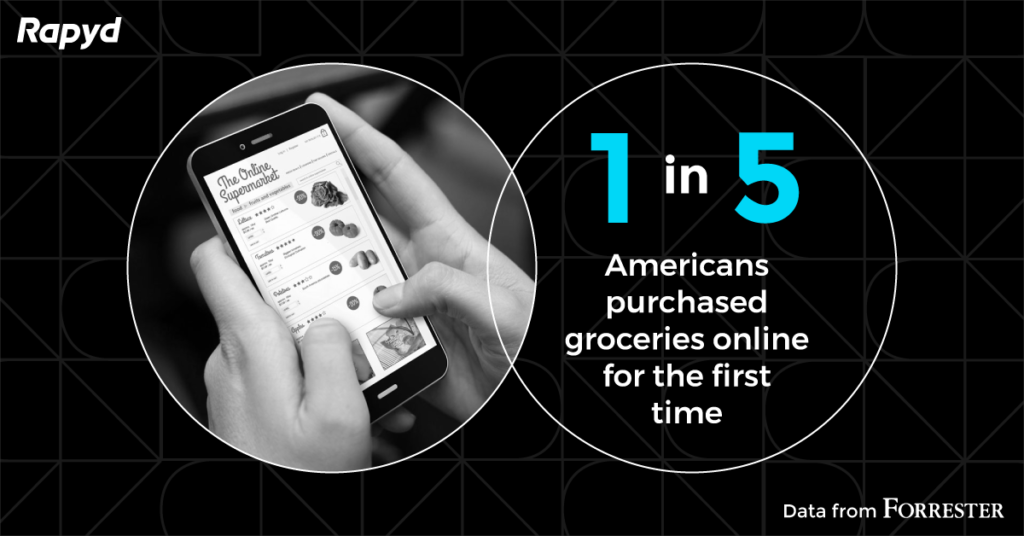
When every business is offering robust online shopping options, international companies will need to localize their customer experiences in order to compete. Those experiences, from product discovery, to purchase and payment methods, must be tailored to a customer’s specific geographical location and cultural expectations. This will dramatically increase the potential markets where those who have pivoted can successfully operate and provide a better shopping experience for customers who will increasingly turn to online sources for goods and services that were once part of the brick and mortar economy.
This is clear in the number of people making local digital purchases for the first time during the pandemic. For example, in the U.S. 21% purchased groceries online, 17% bought online from local restaurants, 13% received medical care online, and 5% received mental health support1. Each of these are historically locally-procured services.
COVID-19 is going to change the way we spend in innumerable ways and across untold geographical boundaries. In many ways it already has. This change is going to be particularly stark for brick-and-mortar businesses. For them, the digital pivot is not only necessary right now, it will be fundamental to their businesses in the future. Those who learn these lessons quickly, stand the best chance of surviving and thriving in the post-COVID-19 economy.
Learn How eCommerce Companies can Better Execute Cross-Border Sales
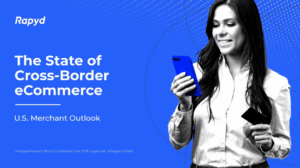
Download Rapyd’s The State of Cross-Border Digital Commerce Report
1.Source: Forrester Consumer Technographics COVID-19 Survey 1, 2020
Subscribe Via Email
Thank You!
You’ve Been Subscribed.
